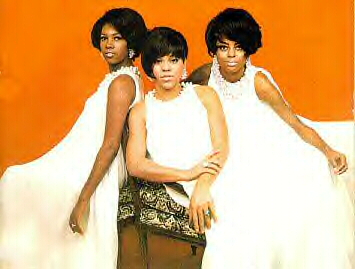Welcome to the Girl Groups Page
I knew I was going to sing... I was going to sing, and I was going to sing rock and roll-Ronnie Spector of the Famous Ronettes. We kicked the doors open for the other girl girls to come through- Shirely Alston of the Famous Shirelles.
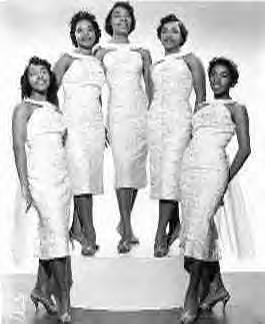
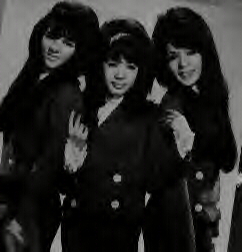
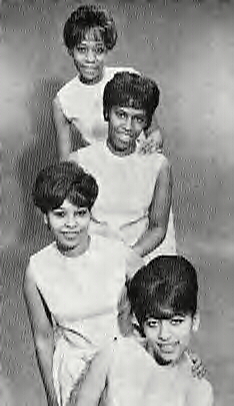
More than almost any other musical genre, the girl group sound was the result of collaborations among producers, songwriters, instrumentalists, and managers. Girl Groups were a major force on the pop charts in 1962 and 1963, but by 1965 the British Invasion was pushing the girl groups out of the limelight. Many of the groups' careers consisted of establishing a formula that enabled them to hit the Top Forty and repeating that formula until it ceaseed to be successful. For this reason, few groups were ever able to capture the attention of the listening public for more than two or three years. Most of the teen magazines and televison vareity shows tha thelped toe publicize male performers cirtulally ignored girl groups, limited the amount of exposure they could achieve. Most of the best-known girl groups were BLACK, and the racism and sexism that were prevalent within the music industry virtually ensured taht these groups would have limited life spans. Because of media coverage of the groups was minimal, the artists had to rely solely upon their songs to maintain their popularity. If a producer insisted that a girl group record songs resembling the tune that had been their initial success, the public would predictable soon grow tired of the group.
The Girl Group Sound, was a sound that girls could relate to. You always found a girl putting her ear up to the radio trying to use the rules in the song to get that special boy. Every song a girl group put out, every girl could relate to and it fit there boyfriend perfectly either it was "He's A Rebel", "He's always the one to try the things they never done, Just because of that they say, He's a Rebel, and he'll never ever be any good". That was a good example of how many girls boyfriends were in that day. Or it was either "Will You Still Love me Tommorrow" a song every girl kept in mind, they wonder after tonight, will he still love me. All the girl groups had style and class, a lot of them wore hairstyles from big wigs to honey cones and long ponytails. They wore long skirts, big party dresses to go-go boots and short tight skirts, and long glamours evening gowns. All the girl groups were different,but they had something in common,the music they singed about. All the girl groups were cute and they tried to have a good girl image. We had hundreds of girl groups, but the first girl group is considered to be The Shirelles and The Chantels because they stayed the longest when other groups had only 2 or 3 hits then you didn't hear from them again. Shirely Alston has said "They kicked the doors open for the other girl groups to come through".Girl Groups wasn't taken seriously in the beginning it was just a trend to some people.
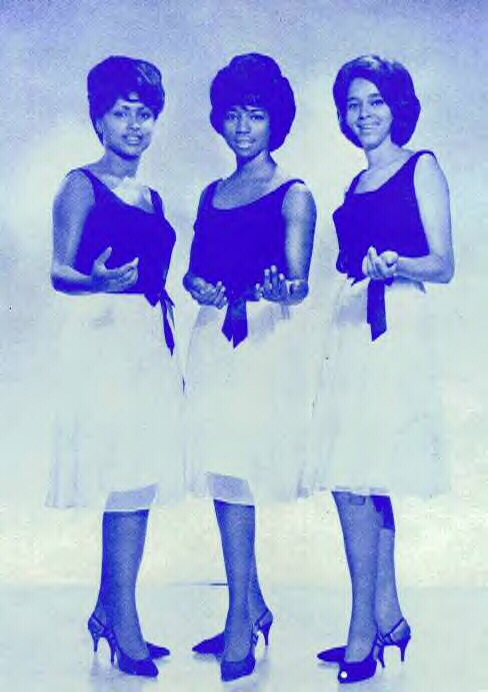
In the late 1950s, anumber of female vocal groups began to produce songs that mixed doo-wop harmonies with rhythm and blues (R&B) music. The groups wre usually trios or quartets in which one vocalist sang a lead part while the others contributed background vocals. This arrangement became known as the "girl group" sound, and it flourished during the early 1960s. The girl groups were a constant presence on the Billboard pop charts in 1962 and 1963, but by 1965 the popularity of this sound was waning as it became eclipsed by other musical trends. There was few girl groups left around that time that were making hits. Although girl groups were successful for only a short time, their sound influenced many of their musical contemporaries, and it continues to have an impact on performers today. The girl group era represents and important part of the history of the early days of rock and roll as well as the history of women in popular music. The emergence of girl groups marked a turning point for women in rock and roll, for it established a specific style of performing that listeners associated with women. Since most groups lacked an image that could be connected with their music, audiences often received little or no information about the individuals who made up a particular group. Girl group artists wre generally identified by their group name alone, and the membership of any givenn group often changed from one record to the next. Producers occasionally used unnamed session or backup vocalists to sing under the name of a successful group, and some groups recorded under more than one name. When the girl group era more or less came to an end in the mid-sixities, most of the artists who ere still actively pursuing musical careers faded into obscurity. Although a number of the groups continued to perform in the following decades, often singing in oldies revival shows, their whereabouts today are largely UNKNOWN. While the story of the girl groups is the story of the performers, producers, songwriters, and others who came together to manufacture the girl group sound, it is also a snapshot of a specific time period in which individuals who have for the most part been forgotten helped change the direction of popular music.



